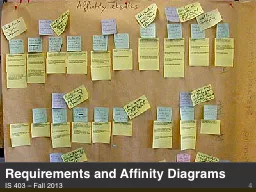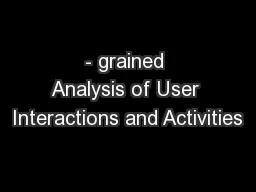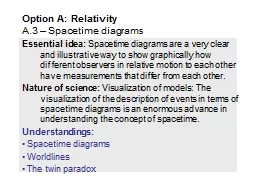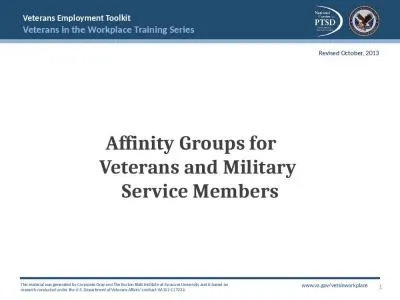PPT-Requirements and Affinity Diagrams
Author : pamella-moone | Published Date : 2016-08-01
IS 403 Fall 2013 4 Admin Assignment 1 due Thursday at 23000pm And A0 must have been submitted
Presentation Embed Code
Download Presentation
Download Presentation The PPT/PDF document "Requirements and Affinity Diagrams" is the property of its rightful owner. Permission is granted to download and print the materials on this website for personal, non-commercial use only, and to display it on your personal computer provided you do not modify the materials and that you retain all copyright notices contained in the materials. By downloading content from our website, you accept the terms of this agreement.
Requirements and Affinity Diagrams: Transcript
Download Rules Of Document
"Requirements and Affinity Diagrams"The content belongs to its owner. You may download and print it for personal use, without modification, and keep all copyright notices. By downloading, you agree to these terms.
Related Documents














